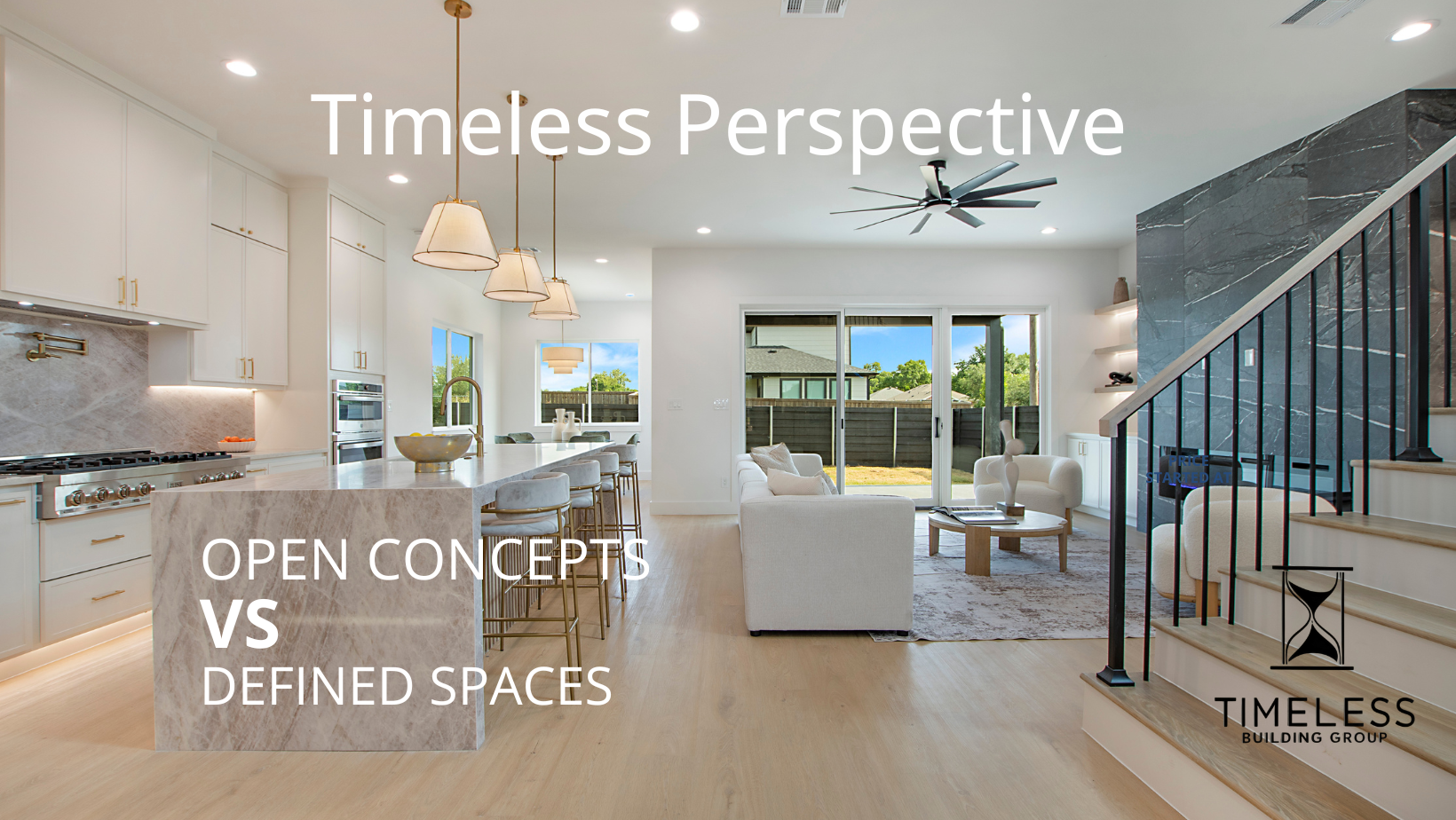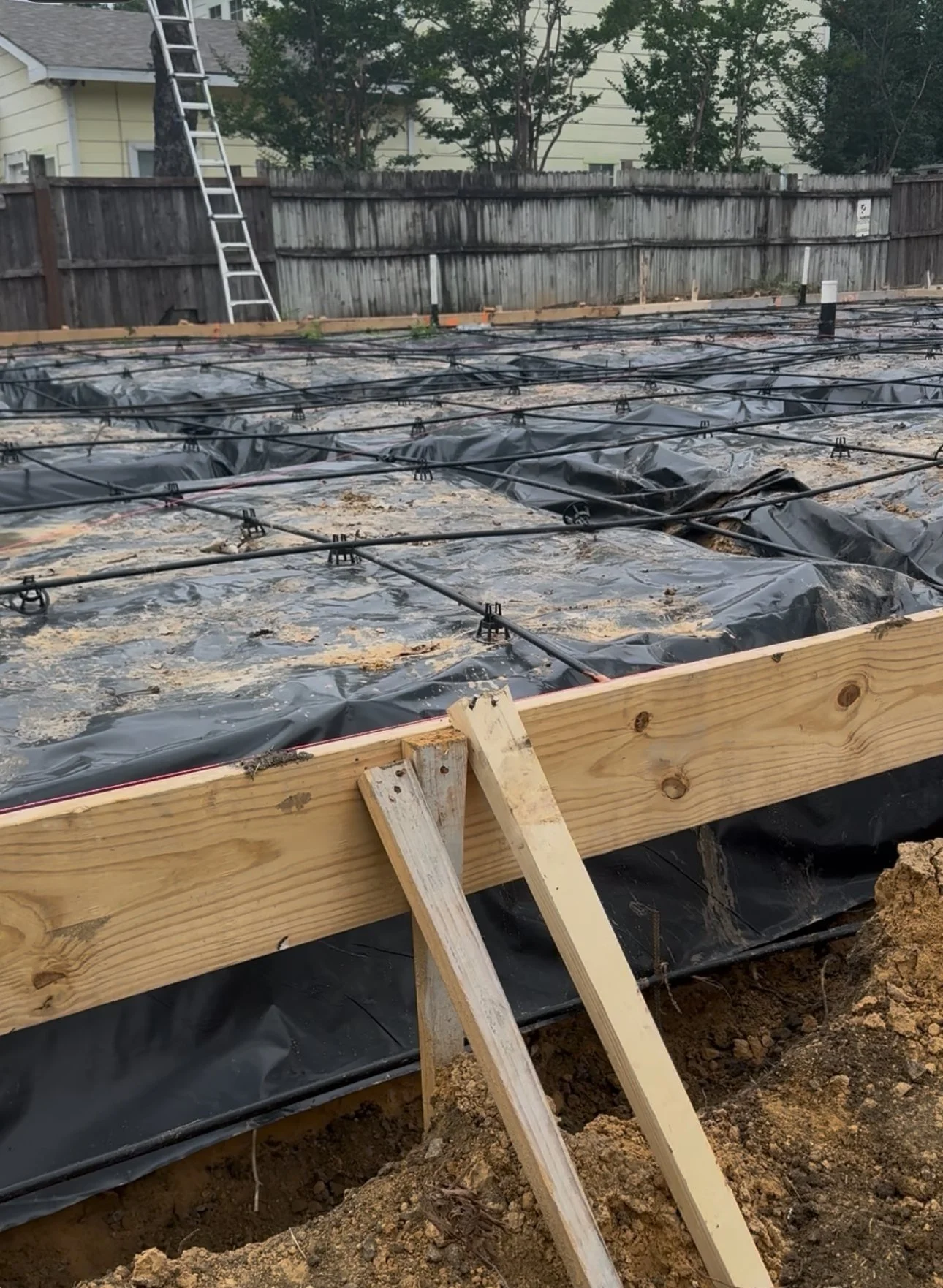
Let the Light In: How Smart Dallas Floor Plans Maximize Natural Light

Avoid These Costly Home Design Mistakes Dallas Builders See All the Time

What’s Hot in 2025: 7 Custom Home Design Trends Homeowners Are Asking For

Open Concept vs. Defined Spaces: Which Layout Fits Your Family?

Understanding Permits: What You’ll Need for a New Home in Dallas

How Do I Know If I Should Build a House or Buy a House?

Post-Tension vs. Traditional Slab Foundations: Pros and Cons

What to Know Before You Build: A Pre-Construction Checklist

How to Choose the Right Lot for Your Custom Home
It all begins with an idea.